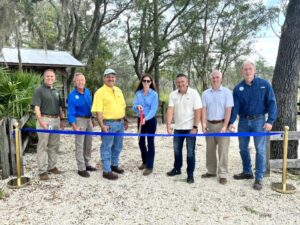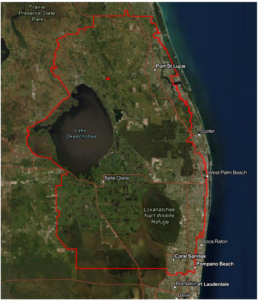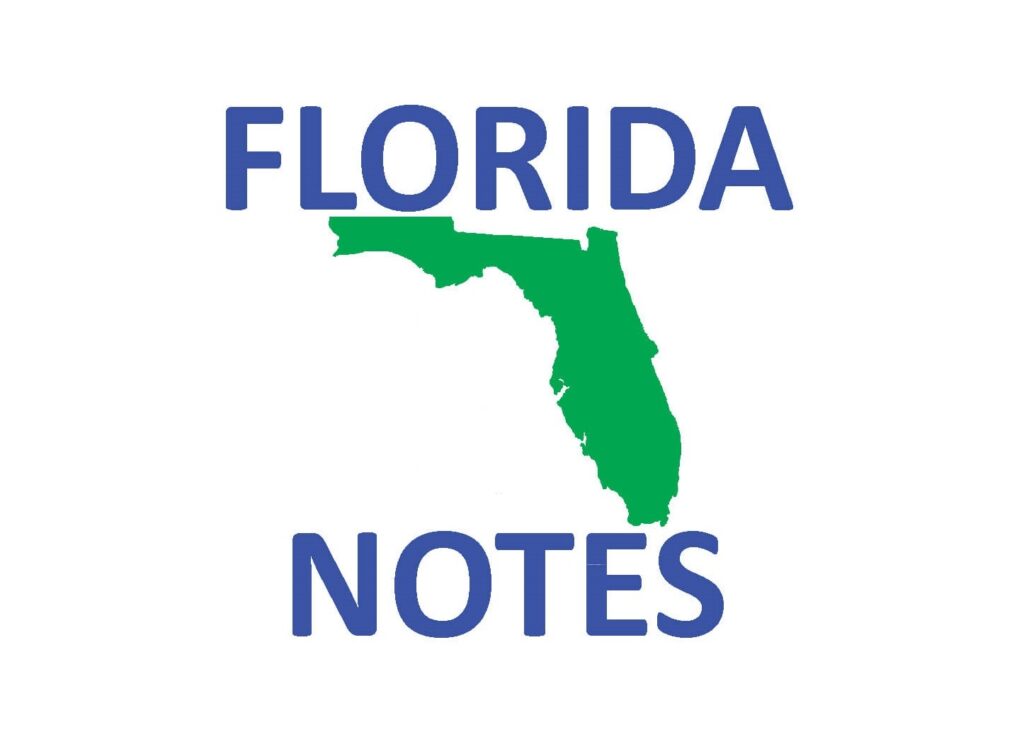By Jorge R, Caspary, P.G.,
Senior Principal, Montrose Environmental
Laurel Lockett, Esq.,
Partner, Carlton Fields
The Florida PFAS Coalition has recommended strategies for addressing water contamination by “Forever Chemicals,” including the formation of a response team and testing private wells near suspected contamination zones.
Back in 1983, a toxic chemical called Ethylene Dibromide (EDB) – a pesticide – was detected in drinking water wells in several areas of Florida. Statewide assessment of private wells revealed widespread EDB contamination of Florida’s aquifers – more than 427,000 acres in 38 counties were found to be contaminated with EDB.
Given that contamination was so extensive, source identification was difficult, and remedial costs would be staggering, in 1989, the Florida Legislature adopted a reasonable approach to protect human health from ingestion of EDB. Under F.S. 373.309, the Legislature created the “Delineated Areas” program.
Under this program, persons wishing to access groundwater for consumptive uses in a delineated area of known groundwater contamination are required to test their well, implement strict well construction requirements to ensure that contaminated water will not be consumed, and receive clearance from the Water Management District prior to use. Fast forward 30 years and history repeats itself with another set of toxic substances known as “PFAS” – the “Forever Chemicals” that have become a frequent headline in the news.
With eerie similarity to EDB, the Florida Department of Environmental Protection (FDEP) now indicates that aquifers are contaminated by PFAS over wide areas.
This new stressor to the groundwater supply adds to over-extraction and saltwater intrusion that make meeting future water demands of Florida’s growing population challenging. However, the Florida PFAS Coalition, consisting of stakeholders such as airports, seaports, cities, counties, and others and likely to be subject to regulatory action, took lessons from the past as well as other states dealing with PFAS, and recently provided recommendations to the FDEP Secretary regarding strategies to address this complex issue.
The first recommendation is to form a “PFAS Response Team” composed of the FDEP, the Florida Department of Health, and the Water Management Districts. These agencies are critical to address the public’s risk of exposure to PFAS in an interconnected manner and to mitigate the risk of exposure. The FDEP is the agency tasked with reducing the public’s risk of contaminant exposure, FDOH is tasked with permitted potable water well monitoring, and the Water Management Districts are tasked to issue water well permits and management of potential sources of potable water. The second set of recommendations relates to prevention of consumption of PFAS-contaminated groundwater from private potable wells.
As was done with EDB, the FDOH should implement a comprehensive, statewide private potable well testing program near suspected PFAS source zones. Second, the FDEP should notify Water Management Districts and the public of areas of known groundwater contamination as required under applicable law. Third, so that the Water Management Districts can flag potable well drilling permit requests in areas of known or suspected groundwater contamination, a streamlined and efficient mechanism must be put in place to ensure a seamless collaboration between the FDEP, the Water Management Districts, and well drillers.
In all likelihood, this would require amendment to Chapter 62-524, F.A.C., New Potable Water Well Permitting In Delineated Areas, which was promulgated in response to the EDB crisis, but which is unwieldy and does not take advantage of the considerable advances in information technology since the mid-1990s.
The Coalition also recommended that the State launch a robust GIS-based public information platform as part of a PFAS public education campaign, together with creation of focused action groups to develop further policy and practical solutions across the broad spectrum of affected parties.
A “PFAS Stewardship Program” is proposed to facilitate safe disposal of existing stocks of PFAS-containing fire-fighting foam and to train firefighters in the application of new PFAS-free foam.
In addition, a series of legislative recommendations have been made that support the policy recommendations. The policy and legislative recommendations do not depart from the same fundamental premises embraced by the Legislature thirty years ago when dealing with EDB: to define the scope of affected groundwater resources, notify the public of where groundwater is contaminated and the risk, and to protect the public from inadvertent potable consumption of contaminated groundwater. The right to access
groundwater is not in question, but, as was the case with EDB, Florida residents should know the quality of water they intend to consume.











